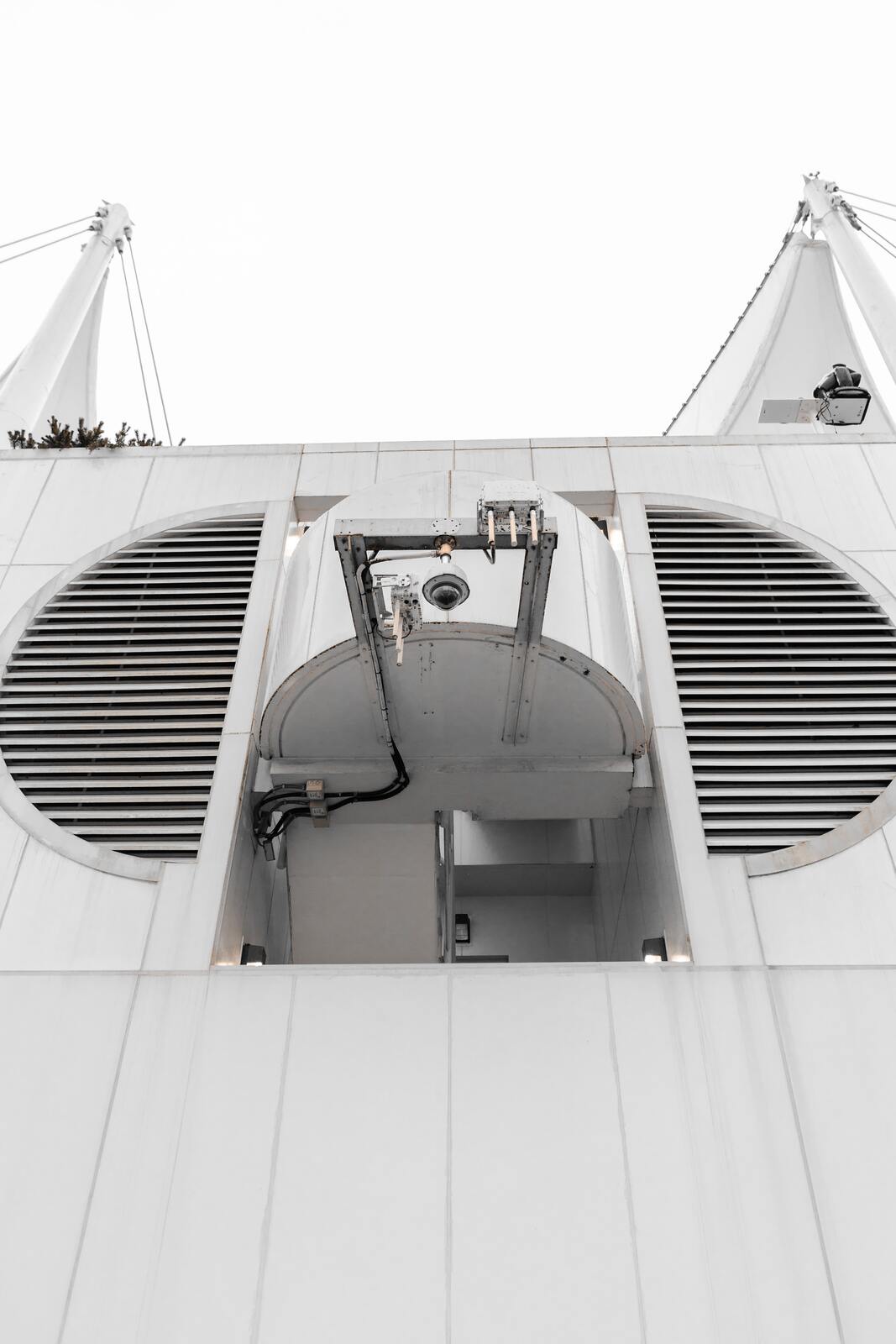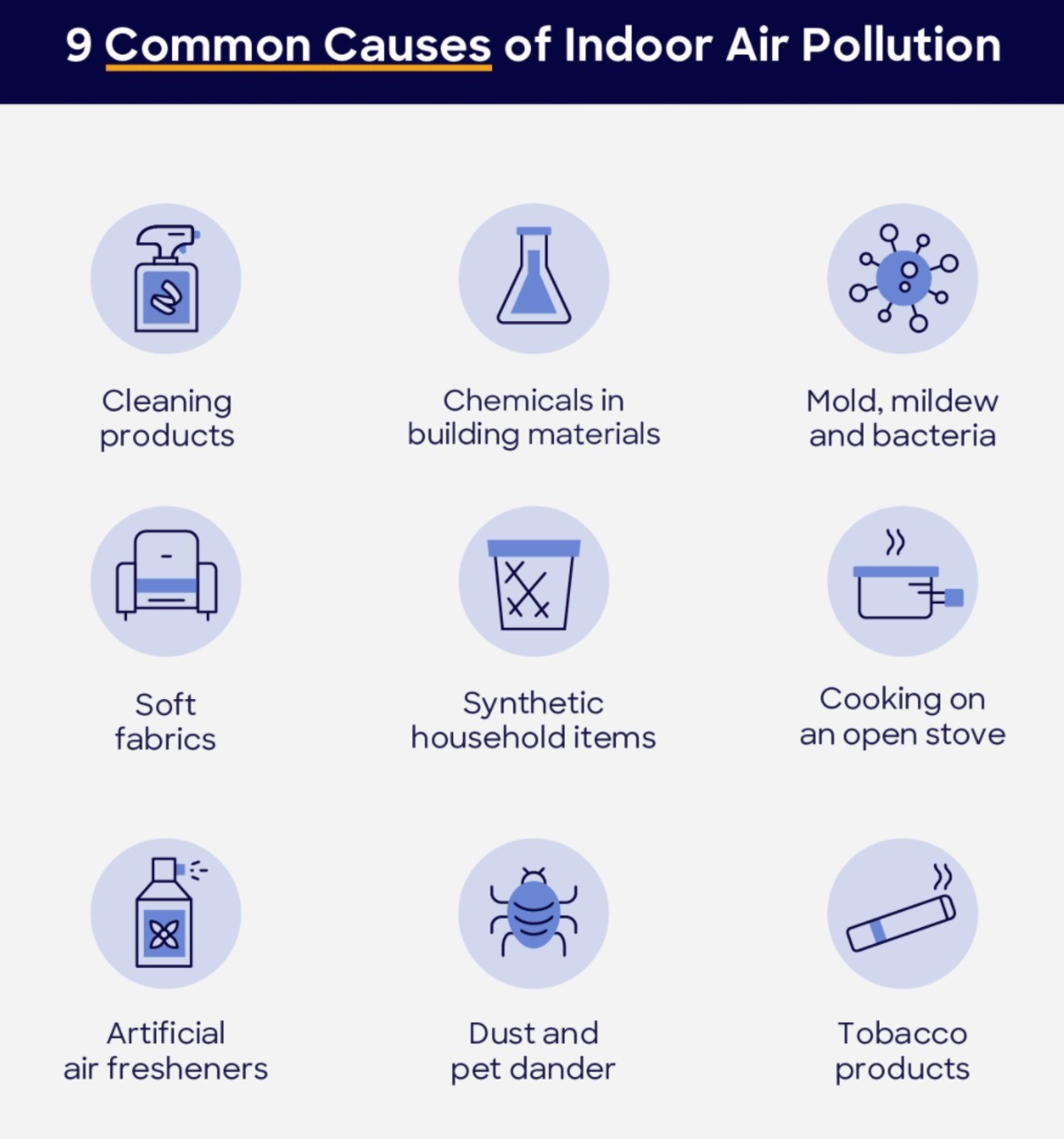Improving Indoor Air Quality: The Future of Air Purification Tech

In the wake of COVID-19, there’s no doubt that ensuring indoor air purification is a renewed priority in residential and commercial buildings alike. Increased awareness of the cleanliness of the air we breathe will likely impact the construction of future structures for years to come.
Thankfully, as more sustainable buildings and smart cities proliferate, more people are investing in indoor air quality and advanced air purification technology.
Construction companies are prioritizing using top-notch air filtration systems while minimizing irritants and toxins that could be harmful to the respiratory tract. In the article below, let’s explore some of the key aspects of the future of air purification.
Why Indoor Air Quality Matters
The quality of your air might not be top of mind if you aren’t experiencing any chronic issues. However, long-term exposure to the toxins that cause indoor air pollution can be extremely problematic.
Mold, mycotoxins, bacteria, dust, dander, volatile organic compounds, combustive elements, asbestos, lead, and radon can all be lurking in your air in various quantities.

Wouldn’t you want to stay ahead of the curve by understanding the trajectory of air purification technology?
The Future of Air Filtration
Now that you’re familiar with the basics, let’s talk about two of the most exciting possibilities ahead for the future technological advancements of air purification.
1) Wearable and Multipurpose Air Purification Devices
Wearable air purifiers (most likely headset-like devices) or whole-house air filtration systems seamlessly built into household furniture or appliances, from lamps to refrigerators, are exciting and convenient innovations.
2) Smart Air Purifiers and Novel Air Purification Technology
In our interconnected world of IoT (Internet of Things), it’s only a matter of time until smart air filtration systems that connect with your home’s thermostat and HVAC system become mainstream. Also, ingenious air purification technology is making great strides, from polar ionization to the usage of nanofibers, and even wool-based air purifiers.
What Can You Do to Improve Air Quality?
On an individual level, there are some easy options to get started with prioritizing air purification. Below are three of the top things to keep in mind.
1) Choose an Air Purification System with a HEPA Filter
The right type of air purification system will trap airborne particles such as dust, dander, smoke and mold. Then, it will circulate clean air throughout the room. Choose a purifier with a HEPA (High-Efficiency Particulate Air) filter, and you’ll capture airborne particles as small as 0.003 microns.
2) Buy a Dehumidifier
If your air is constantly full of moisture, it becomes a breeding ground for mold and bacteria. Keep the moisture of your space at an ideal and consistent level to optimize your health. You’ll probably want to invest in a high-quality, whole-house dehumidifier, probably costing $500-$700.
3) Invest in Houseplants
Did you know that in 1989, NASA discovered that plants can give clean air on long-duration space missions? People use houseplants to help purify indoor air here on Earth, too. Some examples of detoxifying plants include spider plants, peace lilies, and bamboo.
Whether you’re trying to ensure the air quality of your home, office building, or other commercial space or properties, it’s important to stay informed about what’s next. It’s probably time to start doing your research to invest in air filtration technology that might be pricey upfront, but worth the investment in the long run.



